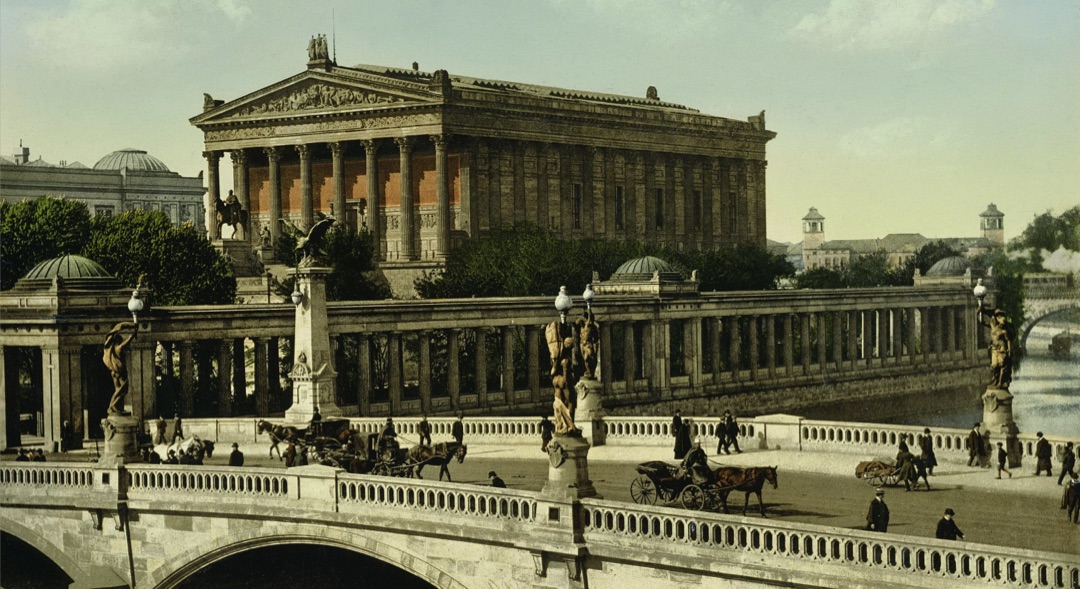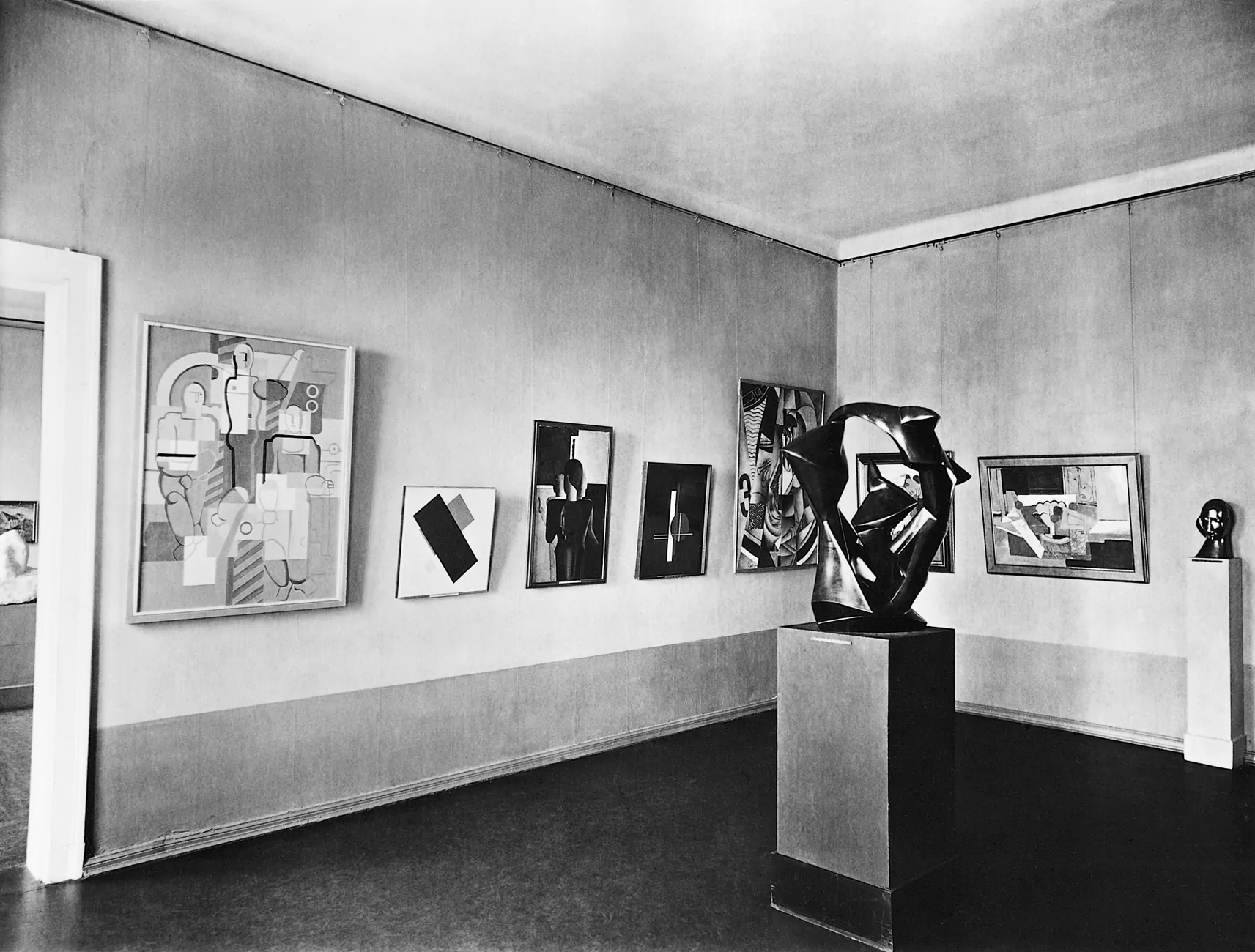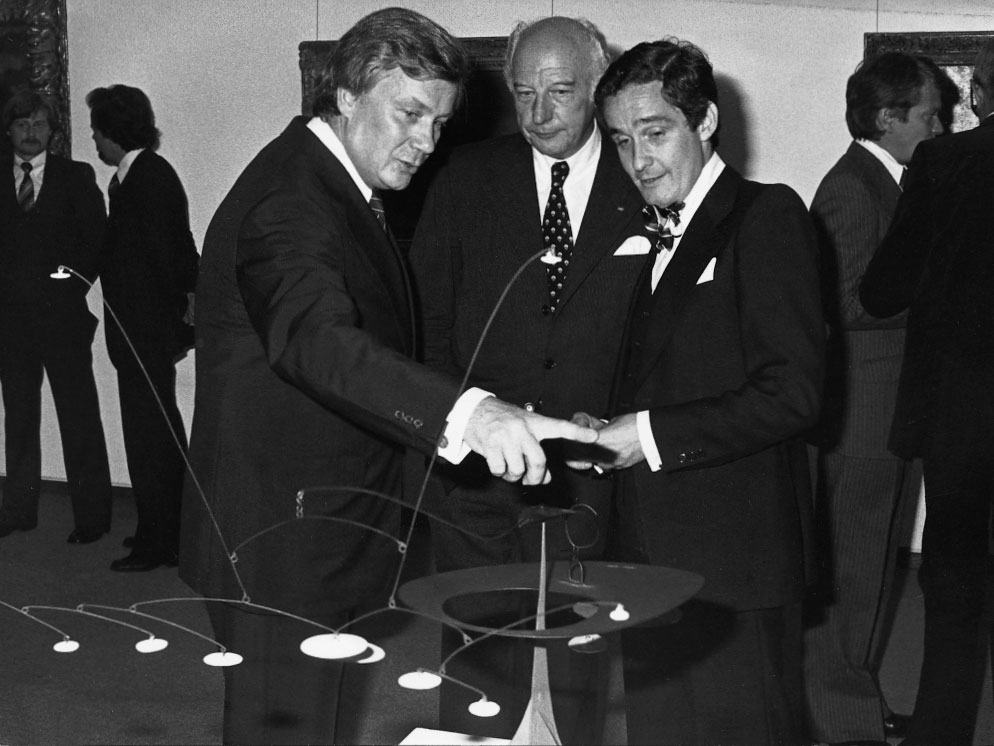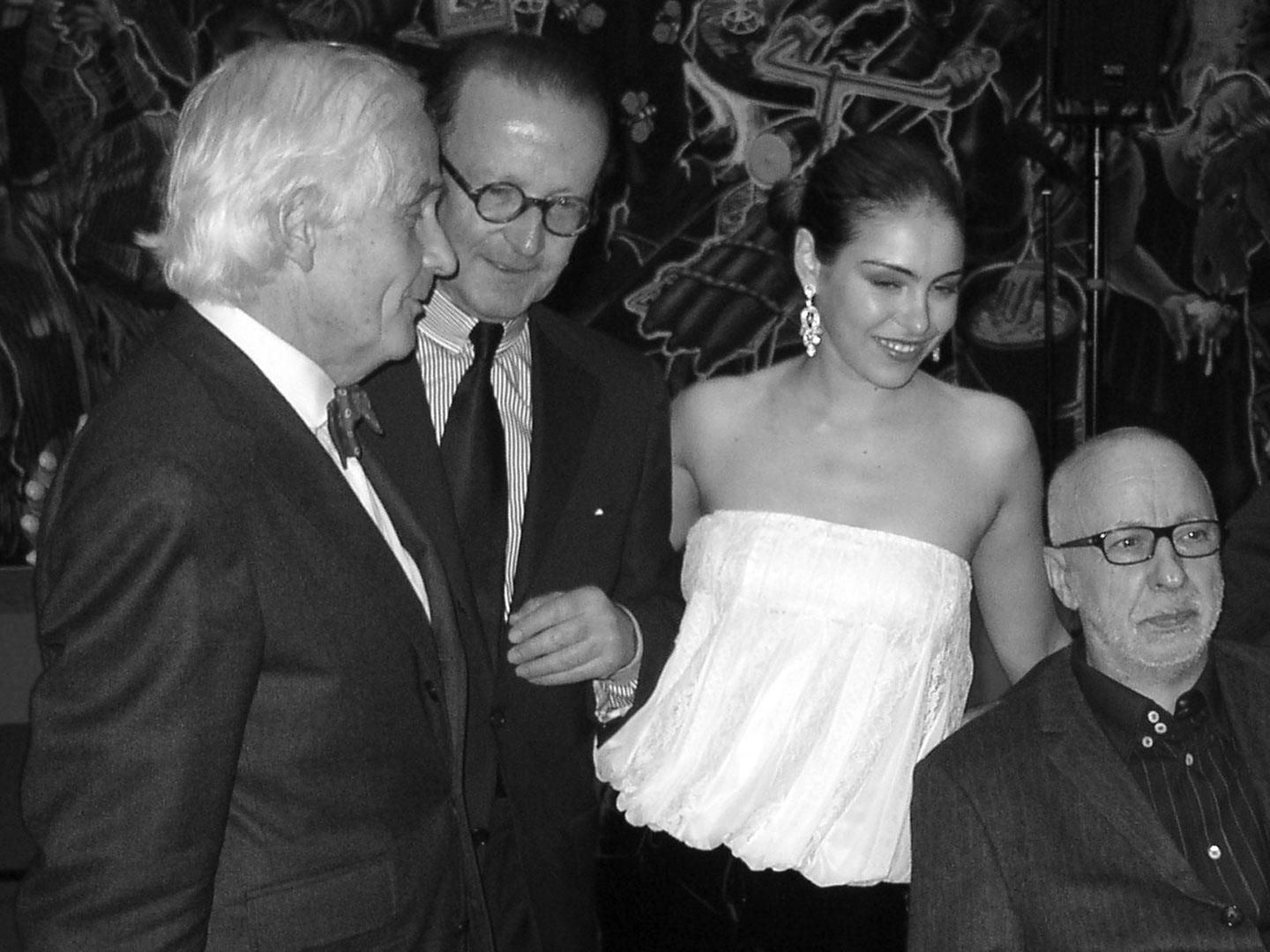The success story of FREUNDE is closely linked to the personality of its first, long-standing and already mentioned chairman Peter Raue (born 1941, in office from 1977-2008). The development into one of the most important museum associations in Germany is thanks to his passion for art and for the institution, his desire to create and his charisma.
According to the statutes, the activities of the Friends of the National Gallery are determined by three pillars: the acquisition of works of art of exceptional quality, the financing and realization of special exhibitions by outstanding artists and important art-historical topics, and the promotion of scientific work.
The current value of the works of art acquired has long been in the high double-digit million range. The scale of acquisitions ranges from Adolph Menzel and Max Liebermann to the Dadaist assemblages of Hans Arp, Hannah Höch and Kurt Schwitters to the reacquisition of so-called “degenerate art” with Emil Nolde's “Christ and the Sinner” or the “Pink Roses” by Lovis Corinth as well as the purchase of contemporary works by, for example, Jenny Holzer, Christoph Schlingensief, Thomas Demand, Katharina Grosse, Barbara Kruger and Pauline Curnier Jardin. The absolute highlight of the friends' lives was their daring courage in 1982 - the young club had just 120 members at the time - to purchase Barnett Newman's "Who's Afraid of Red, Yellow and Blue IV", a major work of American color field painting, for 1.2 million U.S. dollar. Why? First, people bought so as not to miss the momentum - and only then did they collect money for it.
In 1984, at the suggestion of their chairman Peter Raue, the friends decided, in addition to purchasing works of art, to finance an exhibition for the first time : “ Edgar Degas. Pastels, oil sketches, drawings” in the Neue Nationalgalerie.
Under the aegis of Peter-Klaus Schuster, third director of the Nationalgalerie and at the same time general director of the National Museums in Berlin, the Nationalgalerie hosts a long list of top-class special exhibitions - including monographic exhibitions from Goya, Gauguin and Picasso to Immendorff, as well as large themed exhibitions such as “Cloud Pictures – The Discovery of Heaven” or “Melancholy Genius and Madness in Art” – attracted numerous visitors from home and abroad. Many of these projects were made possible solely through the financial and organizational support of FRIENDS. The groundbreaking exhibition successes of “The MoMA in Berlin” in 2004 and “The Most Beautiful Frenchmen Come from New York” in 2007 not only inspired a total of almost two million visitors - in many cases for the first time - about the emergence and highlights of classical modernism, but also set a new benchmark in terms of contemporary exhibition organization.
The “National Gallery Prize” has been added since 2000 – donated by the FRIENDS. Every two years an outstanding contemporary position is honored. As FRIENDS, by offering this prize, we responded not least to the fact that a new, young art and culture scene began to develop in Berlin at the beginning of the last decade. Young artists from all over the world came (and continue to come) to Berlin because the city's creative atmosphere inspires them. The format of this prize was intended to give contemporary art in particular a special stage and thus greater visibility.
As if that wasn't enough, the FRIENDS founded two subsidiaries along the way: in 1996, the "Hamburger Bahnhof Veranstaltungsgesellschaft mbH", which has since expanded its field of activity to 17 houses and has since operated as the "Museum&Location Veranstaltungsgesellschaft der Staatliche Kulturen zu Berlin mbH". Museum&Location makes it possible to use the rooms of the state museums for events and guided tours outside of regular opening hours and to generate additional project budgets through these usage fees. In 2005, “Museum&Service” was added, as the operating company of the Berlin State Museums, which provides services relating to exhibition organization, such as visitor management, museum shop concepts, live speaker projects and tour services.
With the profits from the MoMA exhibition, the FRIENDS founded the “Friends of the National Gallery Foundation for Contemporary Art” in 2005, which was endowed with six million euros. Every year it provides the Nationalgalerie with a budget to purchase contemporary art. It was the first foundation in Germany whose sole purpose was to acquire contemporary art for a state museum.



